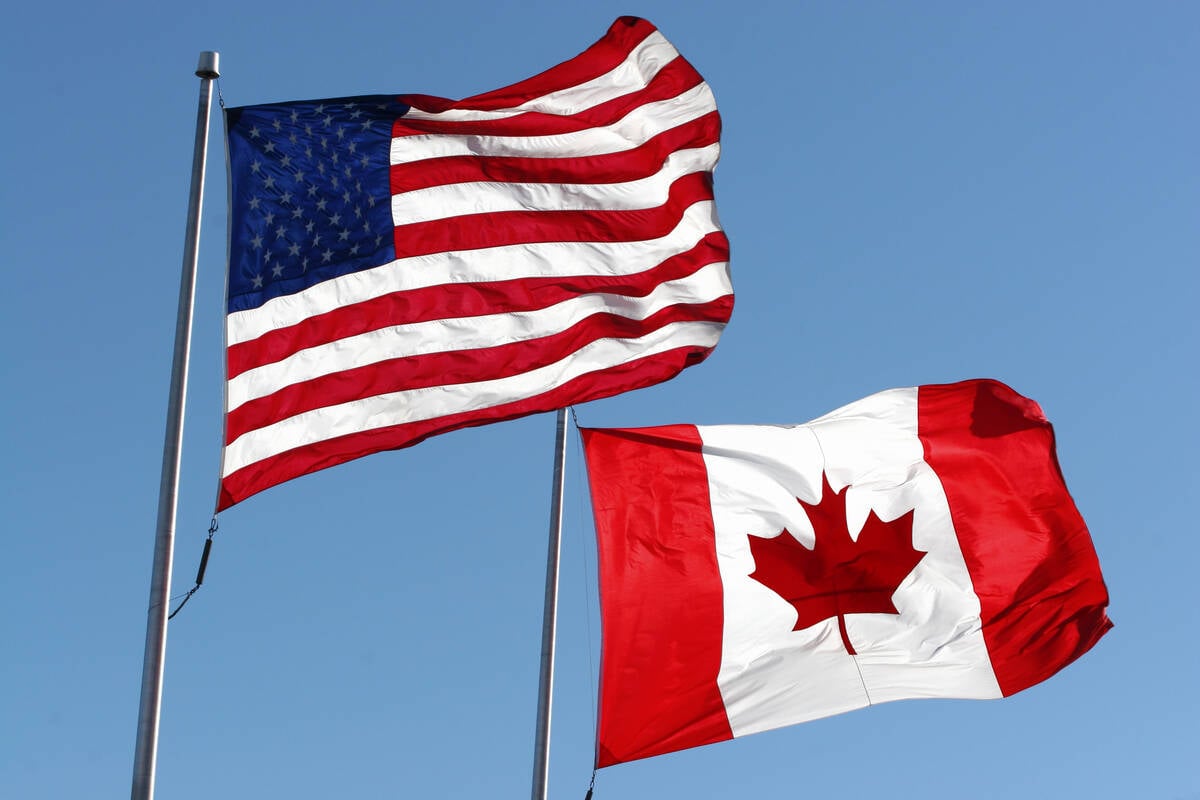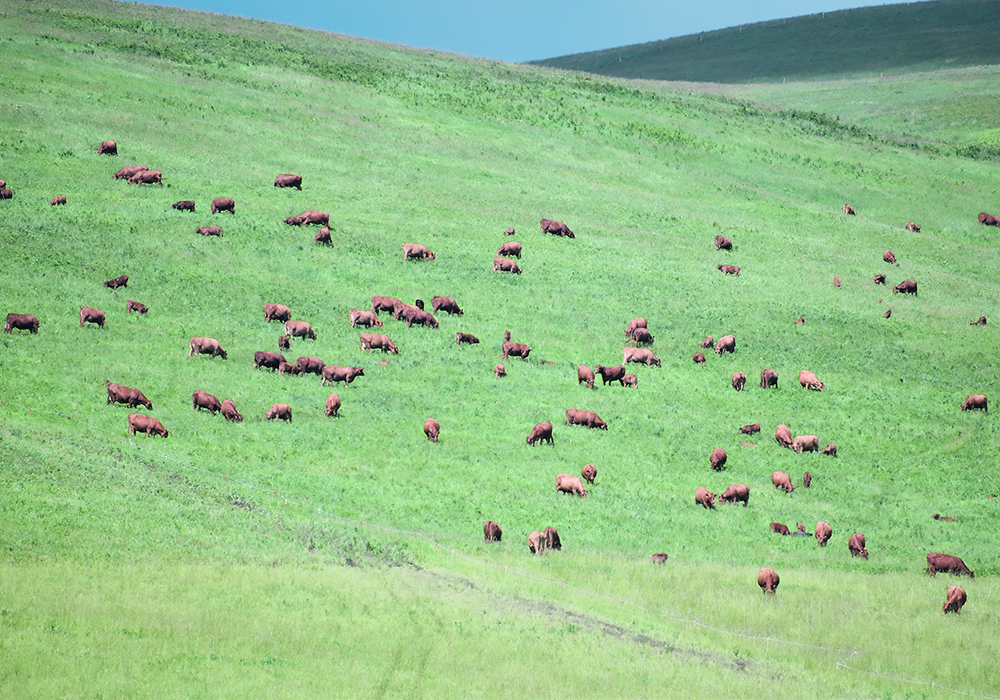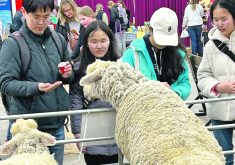The wolf shall live with the lamb, the leopard shall lie down with the kid, the calf and the lion and the fatling together, and a little child shall lead them. The cow and the bear shall graze, their young shall lie down together; and the lion shall eat straw like the ox. The nursing child shall play over the hole of the asp, and the weaned child shall put its hand on the adder’s den.
Those words, from Isaiah 11, were heard and pondered by millions in the weeks running up to Christmas. This vision of the Messianic Age is hard to imagine outside of dreams and prophecy.
Read Also

Trump cuts off trade talks with Canada
UPDATED: October 24, 2025 – 0910 CST – Adds comments from Prime Minister Mark Carney. Reuters — U.S. President Donald…
Predators and prey living in perfect harmony, like ebony and ivory? Poisonous snakes being nice? That would be a different world.
It seems not much like the world in which we live and farm.
We hear so much of prominent environmentalists denouncing animal agriculture, portraying it as a chief cause of climate change and an indulgent form of farming and food consumption that should be condemned, restricted and mostly eradicated. Vegans pile in with accusations of cruelty and abuse that portray farmers as the worst people you could imagine.
We hear these people in the loudmouthiest part of social media, on the Twitters and Facebooks, where their views are projected and amplified. We can fall into believing they represent a big section of the public.
This can make us disconsolate. What a world of woe we reside in. What hope is there when something as good and wholesome as the sort of food production talked about in the Bible is so egregiously maligned?
The truth is much different.
Perhaps less dramatic but still revelatory situations are possible in farm country, however, offering a glimpse of a less conflictual world.
That’s what I saw when I spent a couple days with hundreds of environmental management people at the Manitoba Watersheds Conference, which brought out farmers, water and soil system professionals, and others interested in preserving and improving the natural water and drainage systems in which we live.
Many cattle producers were there. Rather than being condemned, their operations and animals were praised for preserving grasslands and pasture. The critical role of grassed acres in protecting soil and allowing water infiltration to water tables was recognized.
There were criticisms of overgrazing and unsustainable practices by some grazers, but that was as likely to come from cattle producers following better practices as anybody else.
Lunch conversations I heard centred on practical methods of preserving vulnerable landscapes, soil, water and habitat. It was a very “hands-on” focus from the people, from all backgrounds, who are employed or volunteer in local watershed management districts.
For those working away in rural areas keeping drainage systems flowing, protecting riverbanks, hilltops and escarpments, ensuring that upstream and downstream developments don’t mess up a complex watershed, there didn’t seem like much time or interest in having politicized and ideological arguments. The real work they’re doing is too important for that nonsense.
Lots of crop farmers get mad at Ducks Unlimited for various impacts that saving, expanding and creating wetlands and waterfowl habitat have on crop production. Taking cropland out of production, complicating drainage on commercial farmland, and increasing bird damage to standing and swathed crops aren’t developments all farmers will celebrate.
But that’s another realm of practical environmentalists who don’t have a lot of bad things to say about grazing and cattle production. Without some economic value coming from vulnerable habitats, farmers aren’t likely to care much about preserving them, enlightened preservationists know.
And with the practical conservationists, it’s possible to find ways to produce and preserve at the same time.
Farmers can’t always ignore the sort of nastiness being thrown at them by the loudmouth attention-seeking provocateurs of social media. Farmers need to get out their side of the story for those who care about the issue.
But farmers don’t need to focus on the nasty, either. Rather than doom-scroll for insults to agriculture, they should think of the quieter conversations they’ve had with the people who do the hard and unromantic work of maintaining watershed health, of balancing the needs of nature and farming, and who aren’t likely to pop up on social media.
It’s just possible we aren’t as divided as we often believe we are.
















